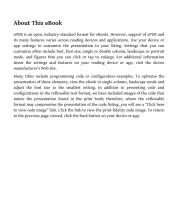EIGRPv6 Fundamentals
7 important questions on EIGRPv6 Fundamentals
Which IPv6 addresses are used by EIGRPv6?
Which EIGRPv6 packets are there, on which ip are they communicated and what is their purpose?
Hello packet | FF02::A
Neighbor discovery and keepalive
Acknowledgement packet | Link-Local
Ack receipt of an update
Query packet | FF02::A
Request for route info during topology change event.
Reply packet | Link-Local
Reponse to Query packet
Update | FF02::A
Topology change
Update | Link-Local
Adjacency forming
In which modes can EIGRPv6 be configured?
- Higher grades + faster learning
- Never study anything twice
- 100% sure, 100% understanding
What is important to note in EIGRPv6 about the network statement normally used in IPv4 EIGRP?
What is important to note about IPv6 enabled interfaces when enabling the IPv6 address-family in EIGRP Named Mode?
How does route summarization in EIGRPv6 work opposed to IPv4 EIGRP?
Auto Summarization is not present in IPv6 because there is no concept of classful and classless routing.
How can you advertise a default route in EIGRPv6?
The question on the page originate from the summary of the following study material:
- A unique study and practice tool
- Never study anything twice again
- Get the grades you hope for
- 100% sure, 100% understanding































